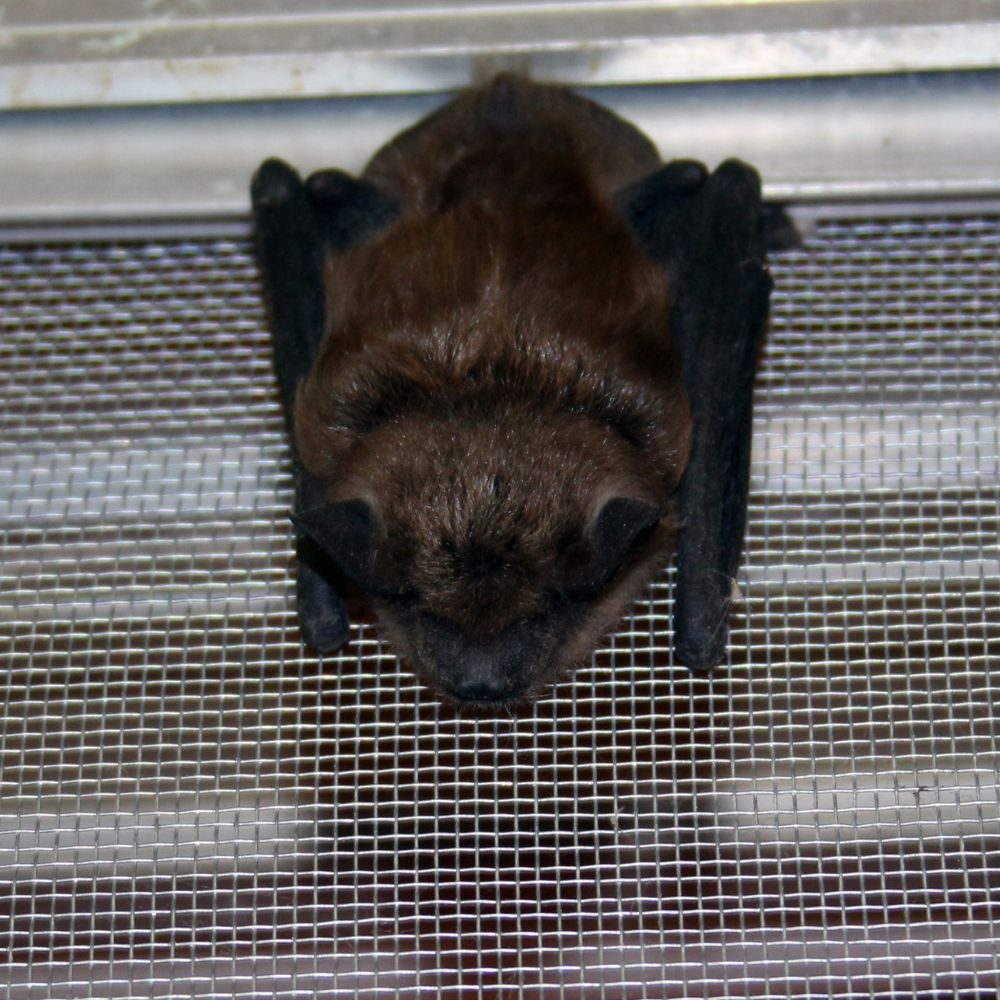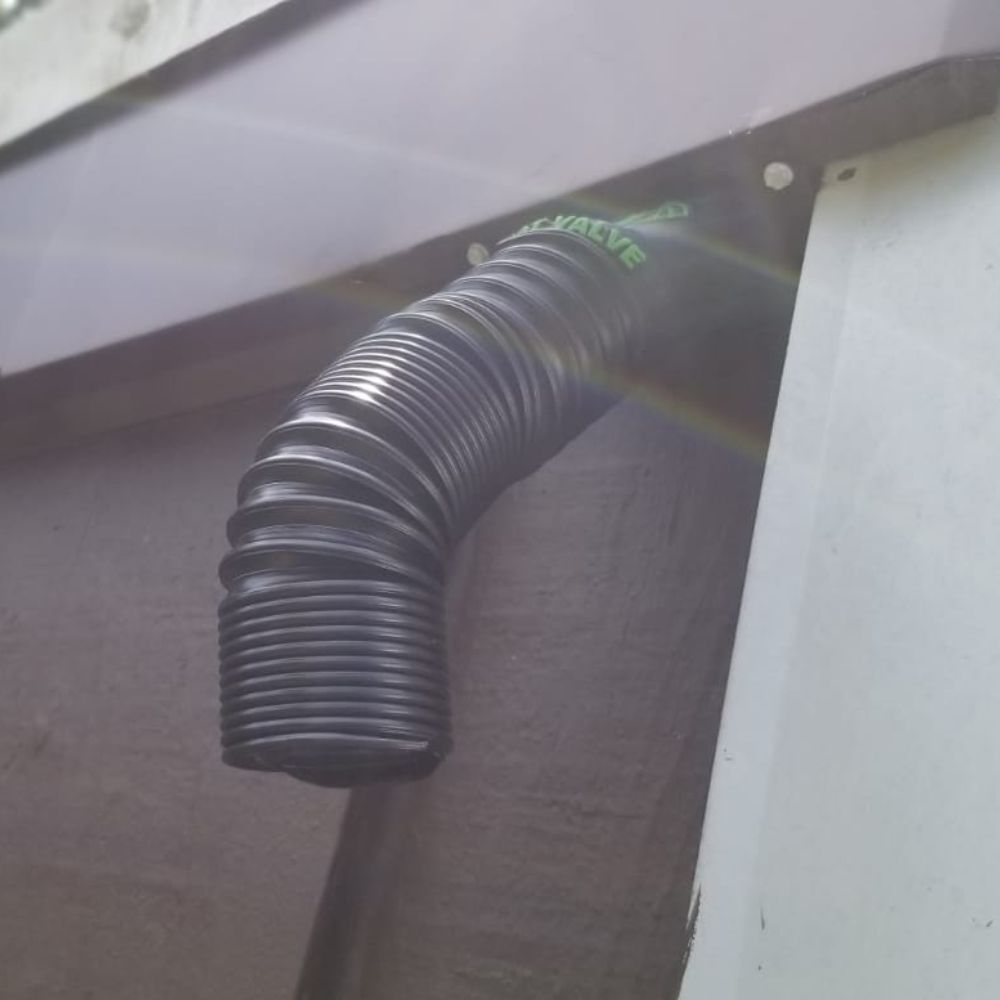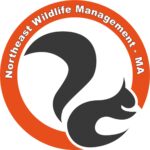Bat Exclusion Service
Table of Contents
Bat Exclusion in Boston, MA
Northeast Wildlife Management offers the best bat exclusion services in the Boston, MA area. Bats are a very dangerous animal to have in your attic, as they are one of the most prominent rabies vectors in the New England area. Bats will also leave behind massive piles of guano, or bat droppings, inside your attic insulation. However, bats must be handled with care, as they are facing population declines due to habitat loss and white-nose syndrome. Bats are also very beneficial to the environment, aiding in pest control, pollination, and seed dispersal for crucial crops. Bat exclusion with the aid of one-way devices is the most humane way to remove bats from your attic. If you need bat exclusion in the Boston, MA area, contact the bat removal experts at Northeast Wildlife Management. Our team offers FREE estimates, so get in touch today to get on the schedule at (781) 381-4088!

What is Bat Exclusion?
Bat exclusion is the process of sealing off all the entry points that bats will use to get inside your attic. Bats can fit through gaps that are the size of a dime, so it’s best to have a professional examine your roof and attic space, to locate, seal and fortify all potential entry points for bats. Typically, part of bat exclusion is installing one-way doors/valves on the most prominent entry point, so bats can leave but not get back inside. Bat exclusion is the safest and most effective way to get rid of bats in your attic, especially if you have an entire bat colony roosting in your home.
Dangers of Bat Infestations
Bats are always on the lookout for safe, warm, dark places to roost, and your attic space provides the perfect spot for them. Bats will squeeze through the tiniest cracks and gaps in order to gain entrance to your attic, and once inside, they will start roosting from the rafters, often dropping large volumes of guano into your attic. Piles of bat guano will soil the insulation and lower its effectiveness, reducing its ability to resist heat. Bat guano also contains the spores that cause the fungal lung infection histoplasmosis, which can be stirred up into the air when the piles are disturbed. Bats are also dangerous to have in the home because they are prominent rabies vectors. Bats can sneak into your living spaces through your attic, and bat bites and scratches can be so small that ANY exposure to a bat must be treated as a potential rabies exposure.
Why Are Bats Protected?
If bats are so dangerous, then why are there so many laws and regulations in place to ensure their safety? It’s because bats are very important for the ecosystem, and because they are facing population declines due to the onset of white-nose syndrome, as well as habitat loss due to human activity. Bats are excellent pest control agents, with a single bat being capable of eating 7 THOUSAND insects in one night. Bats can keep mosquitoes away from your home, and they save millions of dollars per year for farmers. Bats are also excellent pollinators and are crucial for seed dispersal for crucial plants like agaves, mangoes, almonds, and more. Bats are unfortunately facing population decline due to humans encroaching on their natural habitats, as well as the onset of white-nose syndrome. White-nose syndrome is a fungal infection that appears as white fungus on the snout of affected bats. The disease causes bats to wake up from hibernation early, or utilize too much of their stored energy during hibernation to fight it off, leading to the death of the bat in both cases. White-nose syndrome has spread rapidly throughout the United States, killing off entire caves full of bats at a time. Because of this disease’s proliferation and bats’s important ecological status, bats are protected by federal and state governments.
Bat Exclusion Devices
The safest and most humane way to remove bats or bat colonies from an attic is through the use of a bat one-way door/bat valve. Bat one-ways are a device specifically designed to allow bats to exit your attic, but not allow them to get back inside. Bat one-way doors are installed on the largest, most prominent entry point, after all other entry points have been sealed and fortified. With no other option, the bats will leave via the one-way door to find food, but the door’s design does not allow the bat to land and crawl up its surface, preventing the bats from re-entering the attic. This forces the bats to move on naturally, minimizing human-bat contact which also greatly diminishes the risk of disease transmission.
Bat Removal Services and Guano Clean-Up
Bat exclusions and one-ways are the best options for colonies of bats that strictly stay in the attic, but sometimes it makes more sense for our technicians to remove a bat by hand. If a bat has gotten into your living space, it is crucial that the bat is captured and tested for rabies, so a one-way door would not be effective. If there is only one bat that has gotten inside your attic, with no signs of a full colony, that bat can be removed by hand as well.
In addition to hands-on bat removal, Northeast Wildlife Management also offers bat guano clean-up services. Bat guano is a very toxic substance that should not be allowed to stay in your attic, as it can ruin your insulation, spread the spores that cause histoplasmosis, and give off a foul odor. Our team will carefully remove and sanitize all affected areas of your attic, making sure all traces of the bat guano are gone.



Cost of Bat Exclusion
The cost of bat removal and exclusion in the Boston, MA and surrounding New England areas is variable, based on several factors. Some of the factors taken into consideration include the species of bat, the location of the infestation, the severity of the infestation, and the size/location of the property.
That’s why Northeast Wildlife Management offers FREE estimates, so we can send one of our licensed experts out to carefully inspect your property before providing you with a customized quote for your exact situation. Call us today to get started at (781) 381-4088!
Best Bat Exclusion in Boston, MA
Bats can spread rabies and histoplasmosis and damage your insulation, so they should not be allowed in your home. However, bats are facing population decline due to white-nose disease, and these critters are crucial for pollination, seed dispersal, and natural pest control, so they must be handled with care.
That’s why Northeast Wildlife Management offers safe, humane bat exclusion services in Boston, MA. We utilize seal-outs and special one-way valves that allow the bats to leave your attic, but not re-enter. Sometimes it is more effective to remove bats by hand, which our team is also trained to do safely. If bats have left large piles of guano inside your attic insulation, our team can remove the guano, clean and sanitize the area, and replace your insulation. No matter what type of bat issue you are dealing with, our team can help. Contact Northeast Wildlife Management today to get started at (781) 381-4088!
Frequently Asked Questions
Not all bats have rabies, however, bats are one of the most prominent carriers of the rabies virus, so you should treat every exposure to bats as a potential rabies exposure.
Bat exclusion should take no more than a few days to a week or two. However, this can be affected by the species of bat, the amount of bats in the attic, the time of year, and more. Your technician will be able to give you a more accurate timetable after the initial inspection.
First and foremost, dealing with nuisance wildlife like bats can pose significant health risks. Opossums can carry diseases such as rabies and histoplasmosis, which can be transmitted through their guano. Additionally, they often harbor parasites like fleas, ticks, and bat bugs that can spread to humans and pets. Attempting to handle wildlife on your own can lead to injury, ineffective removal, and recurring issues. Trusting professionals ensures the job is done right, safeguarding your health and property.
Yes we can! A good chimney cap can effectively prevent bats from roosting inside your chimney.
